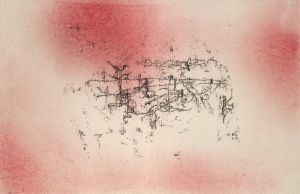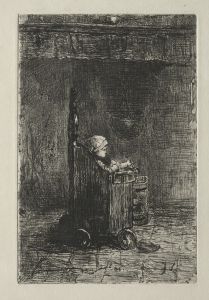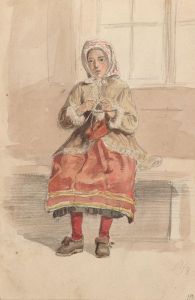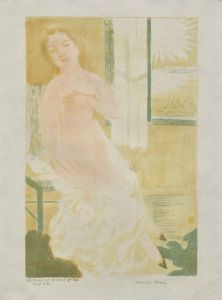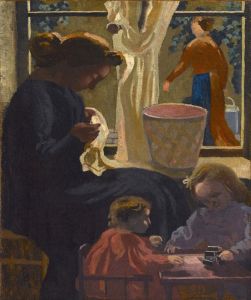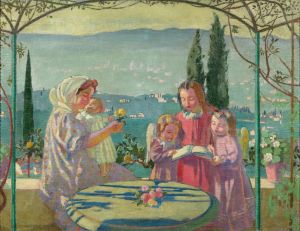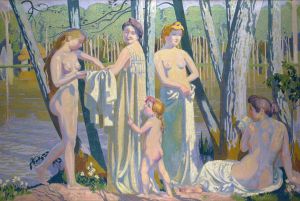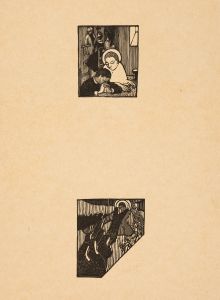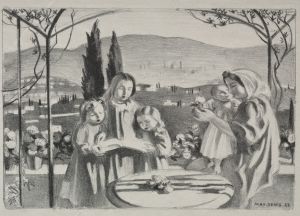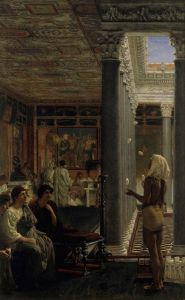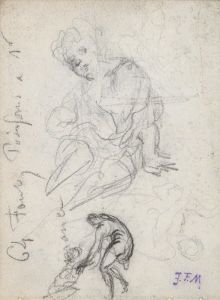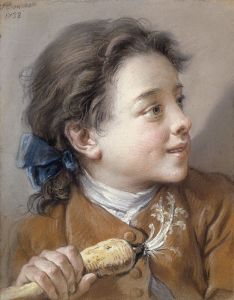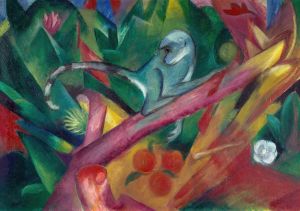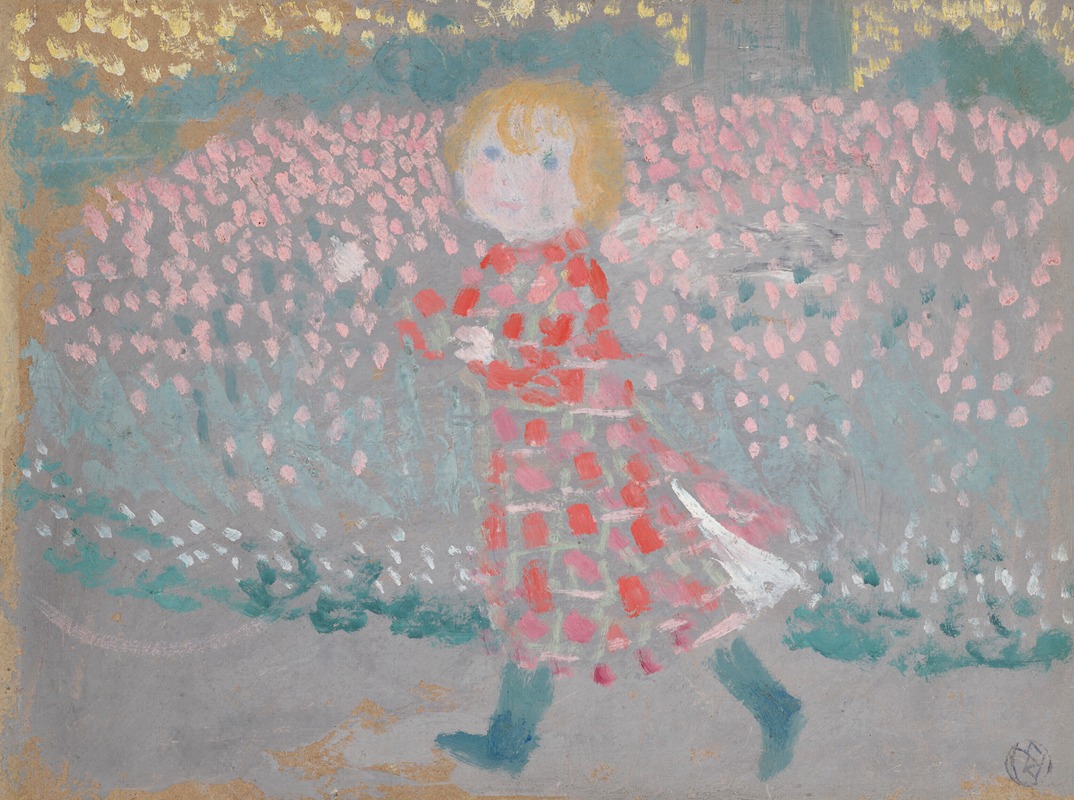
Enfant au tablier rouge
A hand-painted replica of Maurice Denis’s masterpiece Enfant au tablier rouge, meticulously crafted by professional artists to capture the true essence of the original. Each piece is created with museum-quality canvas and rare mineral pigments, carefully painted by experienced artists with delicate brushstrokes and rich, layered colors to perfectly recreate the texture of the original artwork. Unlike machine-printed reproductions, this hand-painted version brings the painting to life, infused with the artist’s emotions and skill in every stroke. Whether for personal collection or home decoration, it instantly elevates the artistic atmosphere of any space.
Enfant au tablier rouge, translated as "Child in a Red Apron," is a painting by the French artist Maurice Denis. Denis was a prominent figure in the Symbolist and Post-Impressionist movements, and he played a significant role in the development of modern art in the late 19th and early 20th centuries. Born in 1870 in Granville, France, Denis was a founding member of the Nabi group, which sought to transform art by emphasizing the importance of spirituality and symbolism over naturalistic representation.
The painting Enfant au tablier rouge was created in 1894, a period when Denis was deeply involved with the Nabis. This group, whose name means "prophets" in Hebrew, was composed of young artists who were inspired by Paul Gauguin and sought to break away from the traditional academic art of the time. They emphasized the use of bold colors, simplified forms, and the expression of emotion and spirituality through their work.
Enfant au tablier rouge exemplifies these principles. The painting depicts a young child wearing a red apron, set against a simplified and somewhat abstract background. Denis's use of color is particularly notable; the red apron stands out vividly against the more muted tones of the background, drawing the viewer's attention to the child. This use of color to convey emotion and focus is characteristic of Denis's work and the broader Symbolist movement.
Maurice Denis was known for his belief that a painting was, before anything else, a flat surface covered with colors assembled in a certain order. This philosophy is evident in Enfant au tablier rouge, where the composition and color scheme are carefully arranged to create a harmonious and evocative image. The painting does not aim to capture a realistic scene but rather to evoke a sense of innocence and tranquility through its composition and color choices.
Denis's work, including Enfant au tablier rouge, was influential in the transition from Impressionism to more abstract forms of art. His emphasis on the decorative and symbolic aspects of painting paved the way for future movements such as Fauvism and Cubism. Denis's impact on the art world extended beyond his paintings; he was also a prolific writer and theorist, contributing to the discourse on modern art through his essays and lectures.
Enfant au tablier rouge is housed in the Musée d'Orsay in Paris, which is home to many works by Denis and other artists of the Nabi movement. The museum's collection provides a comprehensive overview of the development of modern art in France, and Denis's work is an integral part of this narrative.
In summary, Enfant au tablier rouge by Maurice Denis is a significant work that reflects the artist's involvement with the Nabi movement and his contributions to the evolution of modern art. Through its use of color, composition, and symbolism, the painting exemplifies Denis's artistic philosophy and his role in shaping the direction of early 20th-century art.





